#afroasiatic
Explore tagged Tumblr posts
Text

Annoyed Natufian Woman
A Natufian woman from the Mesolithic Fertile Crescent rests on a log, sulking in an annoyed mood. I drew this to cope with my own irritated mood after encountering yet another example of ignorance online, and it turned out to be quite therapeutic indeed.
#natufian#mesolithic#levant#fertile crescent#prehistoric#archaeology#anthropology#afroasiatic#black woman#woman of color#dark skin#bipoc#digital art#art#vent art
14 notes
·
View notes
Text
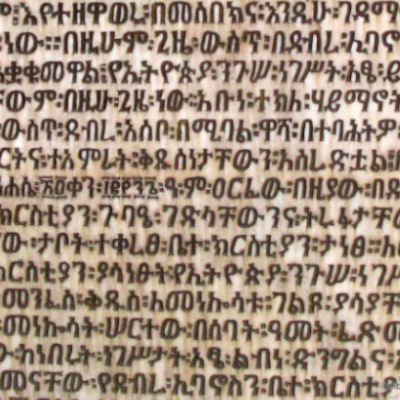
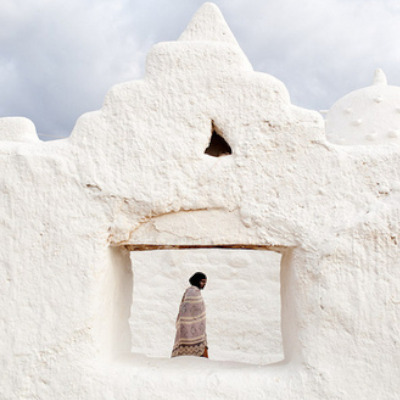
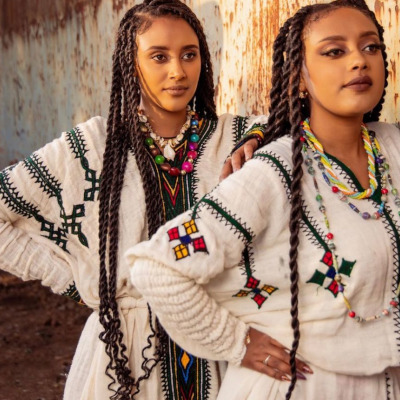

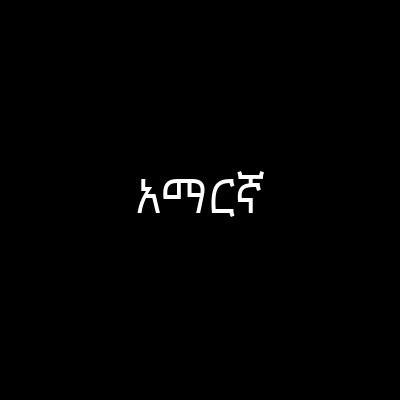
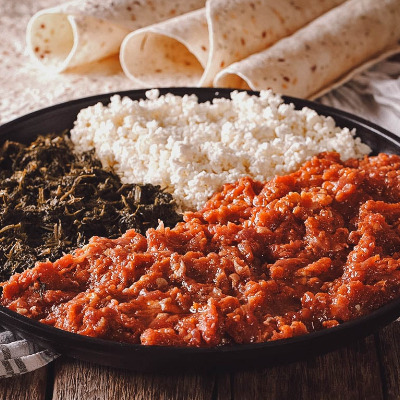

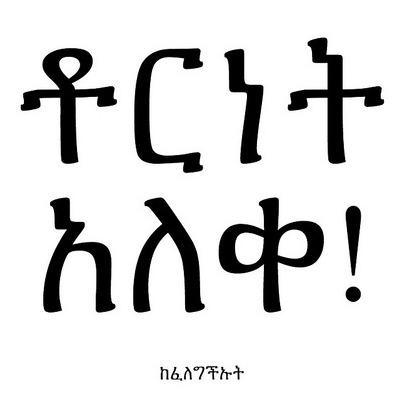
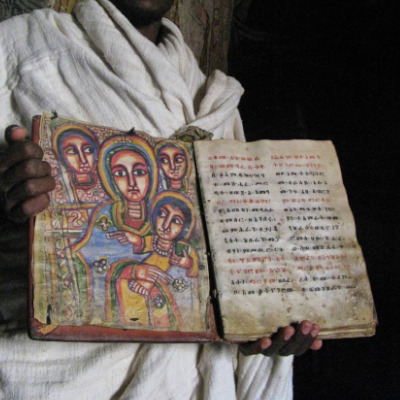
Aesthetic of the languages on earth : Amharic
Amharic is a Semitic language spoken by 57 million people in Ethiopia. It is an official language in Ethiopia.
57 notes
·
View notes
Text
Imarhan - Tarha Tadagh (Tuareg)
#stripped down desert blues#imarhan#tarha tadagh#tuareg#ⵜⴰⵎⴰⵌⴰⵆ#tmh#berber#afroasiatic#africa#algeria#2016#2010s#rock#sorry not sorry for so much tuareg rock recently. it's (mostly) random but also i just love it sm#🌵
3 notes
·
View notes
Text
Elyanna - Sokkar (Arabic)
#alternative pop#elyanna#sokkar#arabic#اَلْعَرَبِيَّةُ#ara#semitic#afroasiatic#asia#palestine#2023#2020s#pop
20 notes
·
View notes
Photo

A map of the Afroasiatic languages
116 notes
·
View notes
Text
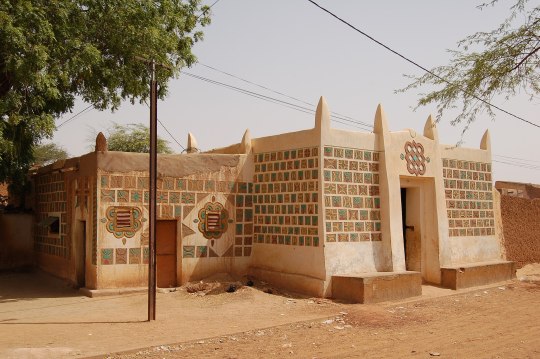
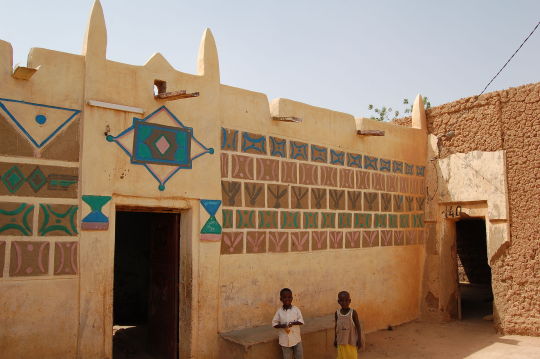
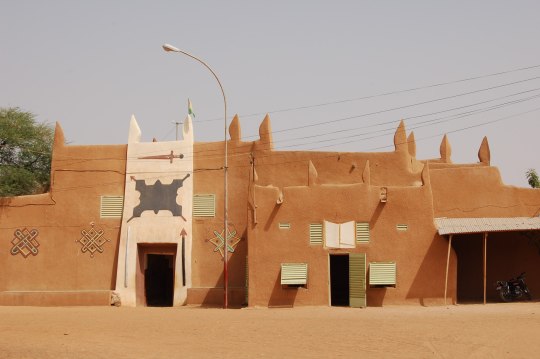
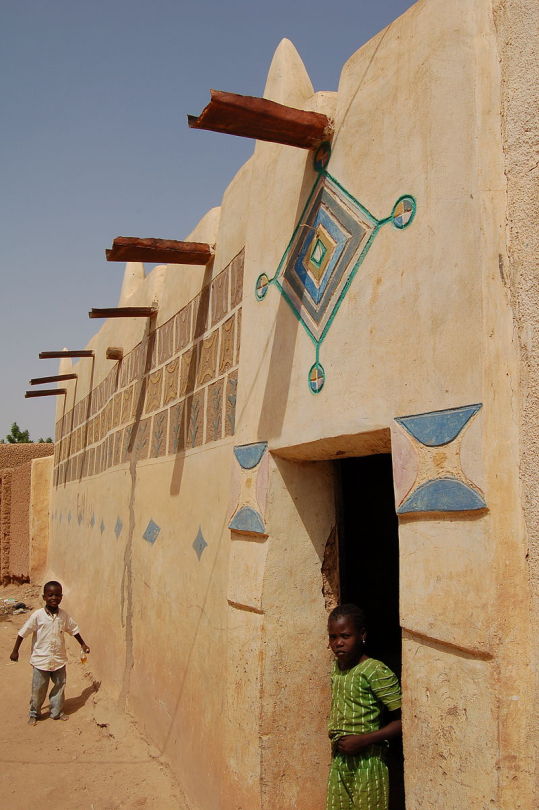
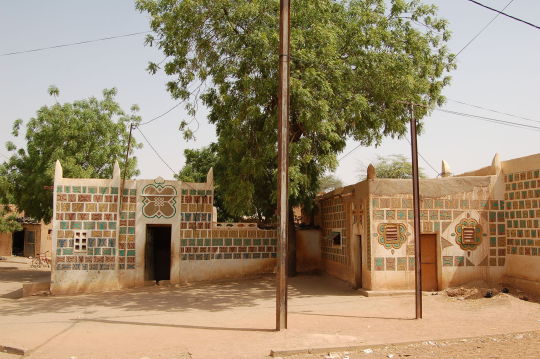
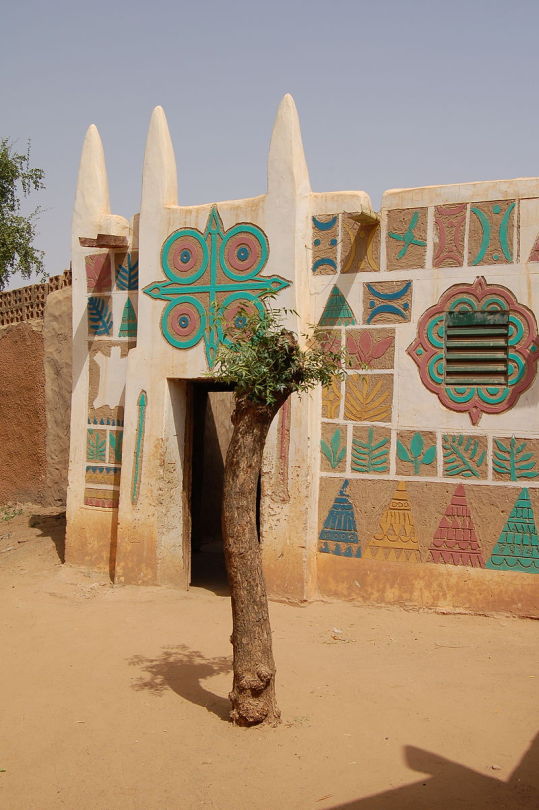
some of the architecture of zinder, niger. zinder rose from a small hausa village into an important center of trans-saharan trade during the 18th century, culmunating in it becoming the capital of the sultanate of damagaram in 1736.
#niger#hausa#architecture#my posts#in case you didn't know: hausa is a part of the afroasiatic language family (same family semitic langs are in)#there's a lot of theories about how exactly afroasiatic speakers spread & there isn't a consistent cultural/migration pattern#like w/ indo-euro languages#but hasua is probably to arabic/hebrew/syriac what english is to bengali or assamese (except even less similar)#i can pick out some hausa words myself ('sama' is 'heaven') but tbh im not sure how many are loadwords from arabic (since they use#'dunya' for 'world' for example). most hausa are muslim so itd make sense if they took some arabic words
631 notes
·
View notes
Text
Jesus Christ was an Aramaic-speaking Jew and not an Arab, let alone a Palestinian.
2 notes
·
View notes
Text

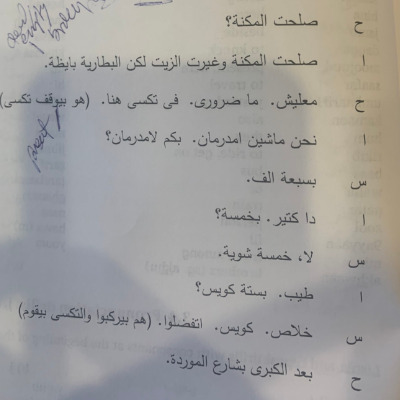



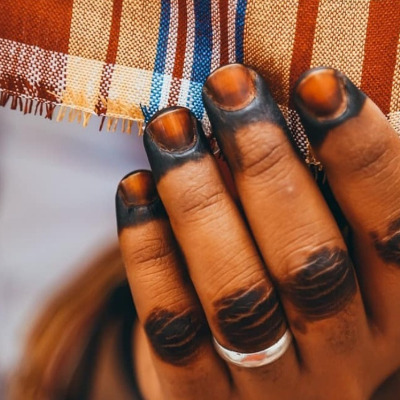



Aesthetic of the languages on earth : Sudanese Arabic
Sudanese Arabic is a group of Semitic vernicular dialects of Arabic spoken by 41 million people. It is spoken in Sudan, and parts of Egypt, Chad, Eritrea and Ethiopia.
#sudanese arabic#sudan#arabic#aesthetic#languages#moodboard#language#geography#africa#semitic#egypt#chad#eritrea#ethiopia#afroasiatic
33 notes
·
View notes
Text
Top 40 Tuesday - #2 on the MENA Chart | Tamer Ashour - Haygeley Mwgoa3 (هيجيلي موجوع) (Arabic)
#number 2 as of this queuing. i'm on vacation and idk what's going on. hello from the past#soulful arabic pop#tamer ashour#haygeley mwgoa3#هيجيلي موجوع#arabic#اَلْعَرَبِيَّةُ#ara#semitic#afroasiatic#asia#egypt#2024#2020s#world#pop#top 40 tuesday
0 notes
Text
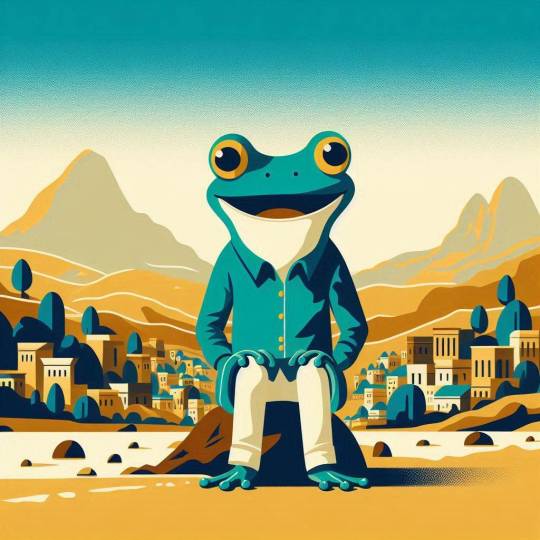
🐸✏️🇪🇹🇪🇷 "እንቁርዖብ" [ʾənḳurʿob]
0 notes
Text
רביד פלוטניק - כל הזמן הזה
Ravid Plotnik - All This Time (Hebrew)
youtube
So I'm starting a new corner on my blog which is Hebrew songs i like and the lyrics translation for those that want them This is the song "All this time" by Ravid Plotnik, and I'll note that although the song is sung by a male singer, the grammar of the lyrics is that of a female speaker. [Chorus] And all of this time, i was alone All of this time. Every day over again all of this time, i was alone All of this time. i was alone [1st house] Say, do you remember the gang? do you remember the apartment, the laughs? You told me you're in love with me after barely two and a half days. In inner rooms we cried and outside we laughed to the skies. You told me i have a blessing and kissed my hands You said there are no friends in this world, man to man are wolves. How you brought me into your world, and loved me till it hurt. A lot more from all your exes, with whom you were before me. Do you remember Yafo D. left, and a sea of tears in both my eyes I don't know what I don't know why [Chorus] But for all of this time, i was alone all of this time, every day over again [2nd house] Do you remember sitting on the grass on Cirkin? and backpack rides in the rain to the car? Happy with all we have, denying all that isn't good I was Zina the warrior princess, you were Avi "offended"y I would hear Nina simon sing "you don't know what love is" When i tried changing for you, and be the women of your dreams. When you wanted Classy i was Beyoncé, when you wanted hood i was a bimbo When we dreamed to travel the world, if we'd only survive crises, When you told me how your mom went from hospital to hospital to hospital. I don't know what, i don't know why
[Chorus] But for all of this time, i was alone all of this time, every day over again Say do you remember the good? Remember hugs, remember kisses? Because yes there were moments, rare minutes of heartbeats and passions. Now seriously, do you remember the anger, the fights? do you remember walking down the street angry looking jealously at loving couples? remember the good words? how you hoped to hear 'thank you'? remember i cried quietly in the corner of the room hidden and nobody knew? they talk to you about me, all your family and friends I know you loved me, you loved you never did before but life is stronger than us, and you let that bridge fall you talked like an angry and fucked up kid, when you were jealous and insecure. There's no mom and dad, not in the mood for anything, just weed and cigs and I'm getting myself a puff every night like my life is great I was looking for the way to leave you, without being hurtful. Remember panic attacks and sleepless nights where i thought i was going crazy? I loved you at every given moment, even when you were childish i cured your broken heart, and you in return disappeared. [Chorus]
#hip hop#ravid plotnik#רביד פלוטניק#כל הזמן הזה#hebrew#semitic#afroasiatic#עִבְרִית#heb#israel#asia#2017#2010s
5 notes
·
View notes
Photo

Possible etymology of 'seven' (or unrelated) and derivation of the Afroasiatic word for 'seven'.
118 notes
·
View notes
Text
how many grammatical genders are there across all languages? this is a surprisingly hard question to answer.
the main thing that makes this weird is how there isn't really a good way to determine when genders in two different languages are "the same gender". famously (to some), the indo-european paradigm of feminine masculine and neuter isn't fully preserved in all indo-european languages, and different languages in the family collapse the three-way distinction in different ways. so like, is feminine (spanish gender) the same gender as feminine (german gender)?
and that's with related languages! is it reasonable to count the genders in afroasiatic languages as the same as the corresponding indo-european genders that have the same names? ie. is feminine (arabic gender) the same gender as feminine (spanish gender)?
and all that's before you even get to the cool stuff. lots of languages have animate and inanimate as their genders, which tend to be assigned much less arbitrarily than the genders in indo-european languages. on the other end, bantu languages have so many genders (usually around ten) that linguists don't even always call them "gender". even more extreme, some sources claim (but I'm not sure if this is true) that the language tuyuca has upwards of 140 genders (!!). counting how many distinct genders are collectively represented by these languages is probably not possible.
249 notes
·
View notes
Text
another script/language post to go along with my samaritan and aramaic ones. this time, about the coptic language and script:
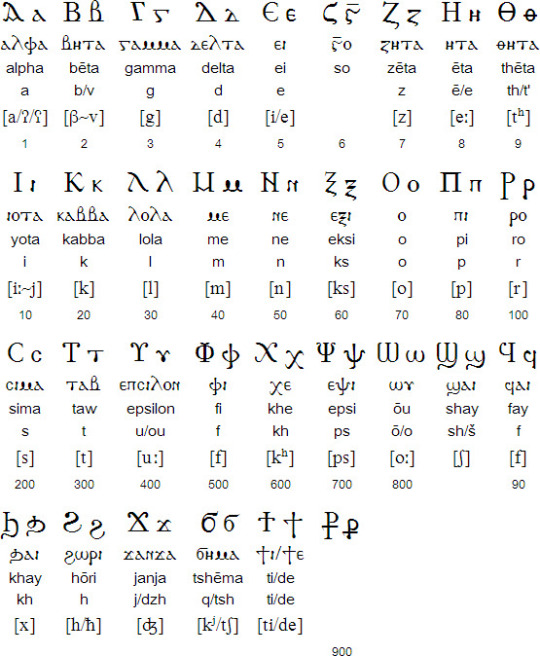
the coptic alphabet is mostly used to write the coptic language, the most recent development of the egyptian language (yes, the one that hieroglyphs were used to write). coptic along with previous iterations of the language belong to the egyptian branch of the afroasiatic family, of which they're the only members. once commonly spoken, coptic is mostly used as a liturgical language by coptic churches today, though copts have started revival movements. the church uses the bohairic dialect of coptic specifically, which has differences in pronunciation and grammar. modern revitalization efforts are also based in this dialect.
coptic has had a notable impact on general arabic and hebrew; for example, timsah - crocodile in arabic and one of the words for crocodile in hebrew (since palestine used to have crocodiles) - comes from coptic "emsah". it's also had a smaller impact on european languages via greek ("barge" and "skete" come from coptic). its biggest impact on a language is its significant impact on egyptian arabic.
the coptic script we have today developed between the 6th century bce and 2nd century ce, when greek was used to transcribe demotic texts. the script is a variation of the greek alphabet with all of its characteristic attributes (alphabet, written left-to-right, contains upper and lower case letters) with influences from demotic (written right-to-left, no cases) which were used to transcribe sounds/letters that aren't in greek (like Ϩ/ϩ, derived from demotic (which is not inscribed in unicode), which is "h"; greek has an "h" sound included in some letters but not just one letter for "h"). you can use coptic to write greek without any new letters to account for sounds, but lower-case coptic letters are just smaller versions of the upper-case ones with no modifications, so coptic and greek speakers may struggle to read the other's alphabet.
like greek, coptic also has its own numerals made from letters. (ⲁ = 1, ⲃ = 2, ⲓ = 10, ⲣ = 100, etc). also like greek, a line is drawn above them to distinguish them from the regular text. a formatted version of this numeral system influenced by arabic was used by egyptians of all religions along with the standard arabic one (and the hebrew one by jews) for a long time.
sample text (article 1 of the universal declaration of human rights in bohairic coptic):
Ⲉ̀ⲫ̀ⲟⲩⲁⲓ ⲥⲉⲙⲓⲥⲓ ⲣⲉⲙϩⲉⲩ ⲛⲉⲙ ⲉⲧϣⲱϣ ⲉ̀ ⲁⲝⲓⲁ ⲛⲉⲙ ⲇⲓⲕⲁⲓⲟⲥⲩⲛⲏ. Ⲛ̀ⲑⲱⲟⲩ ⲥⲉⲉⲣϩ̀ⲙⲟⲧ ⲅⲛⲱⲙⲏ ⲛⲉⲙ ⲥⲩⲛⲏⲇⲏⲥⲓⲥ ⲟⲩⲟϩ ⲙ̀ⲡⲉⲛⲑⲣⲉⲩⲁⲣϣⲏⲧ ⲙ̀ⲙⲉⲧⲣⲱⲙⲓ ϩⲓⲛⲁ ⲛ̀ⲑⲱⲟⲩ ⲙ̀ⲫ̀ⲣⲏϯ ⲛ̀ⲥ̀ⲛⲏⲟⲩ.
transliteration:
Ephouai semisi remheu nem etshōsh e axia nem dikaiosunē. Enthōou se’erehmot gnōmē nem sunēdēsis ouoh empenthreuarshēt em’metrōmi hina enthōou emephrēti enesnēou.
english:
All human beings are born free and equal in dignity and rights. They are endowed with reason and conscience and should act towards one another in a spirit of brotherhood.
a formatted version of coptic script is also sometimes used to write some nubian languages (which are not afroasiatic) like nobiin. the script includes influence from the meroitic script, itself a development of demotic. (one is the letter ⳣ, "w", which comes from this letter.) usage of the coptic script for these languages was more common historically to write old nubian. most nubian languages use arabic or latin scripts today.
the nubian script adapted for nobiin:
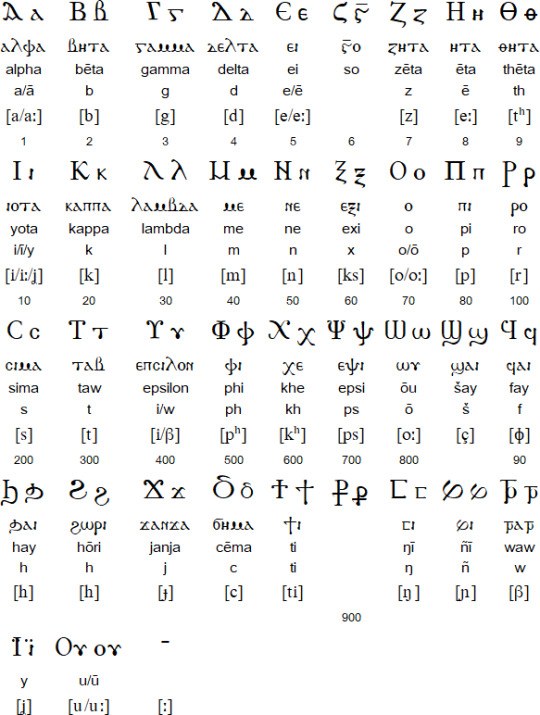
sample text (john 11:41 in old nubian):
ⲕⲧ̅ⲕⲁ ⲅⲉⲗⲅⲟ̅ⲥⲛ ⲓ̈ⲏ̅ⲥⲟⲩⲥⲓ ⲛⲁⳡⲁⲛ ⲧⲣⲓⲕⲁ, ⲇⲟⲗⲗⲉ ⲡⲟⲗⲅⲁⲣⲁ ⲡⲉⲥⲥⲛⲁ: ⲡⲁⲡⲟ, ⲥ̅ⲕⲟⲉⲗⲙ̅ⲙⲉ ⲉⲕ̅ⲕⲁ.
transliteration:
Ephouai semisi remheu nem etshōsh e axia nem dikaiosunē. Enthōou se’erehmot gnōmē nem sunēdēsis ouoh empenthreuarshēt em’metrōmi hina enthōou emephrēti enesnēou.
some coptic-learning links:
copticforall.com
coptic.net pdf
so, you want to learn coptic? (about boharic coptic)
r12a - resources on how different scripts in all languages work, good resource for languages/scripts in general.
the youtube channel ilovelanguages also has a few videos on coptic, you can find the playlist here.
32 notes
·
View notes
Text

Tuareg parent and child, date unknown.
The Tuareg are an indigenous Amazigh ethnic group who inhabit the Sahara in a vast area stretching from far southwestern Libya to southern Algeria, Niger, Mali, and Burkina Faso, as far as northern Nigeria. Tuareg are traditionally semi-nomadic pastoralists and speak languages of the same name, also known as Tamasheq, which belong to the Tamazight branch of the Afroasiatic language family.
20 notes
·
View notes
Text
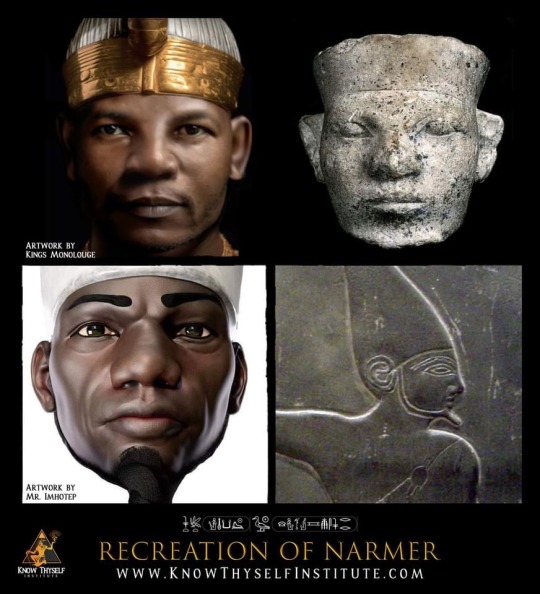
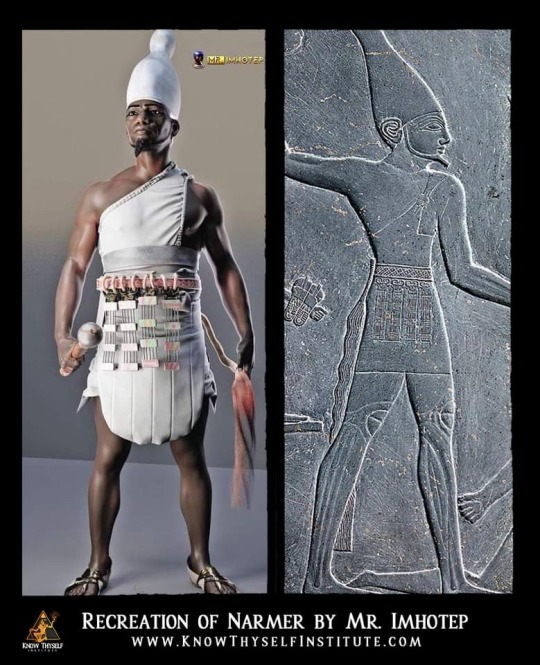

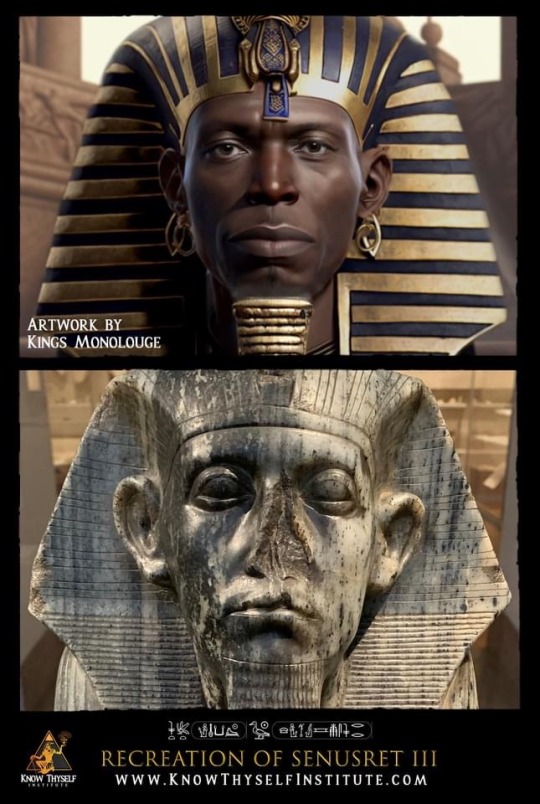
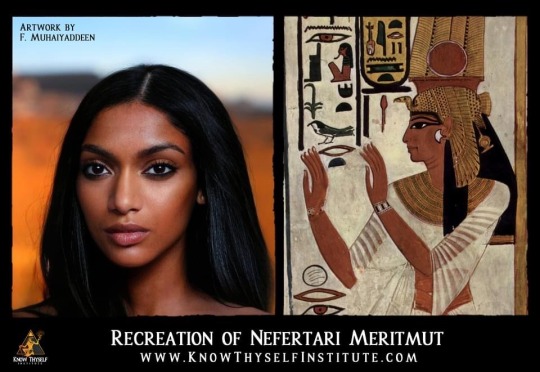

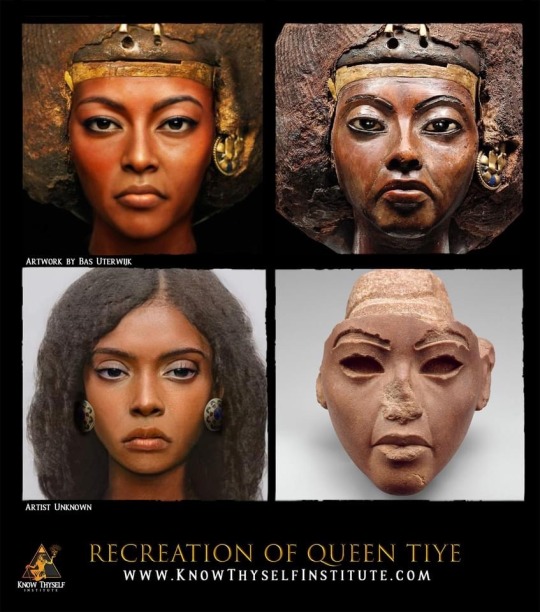

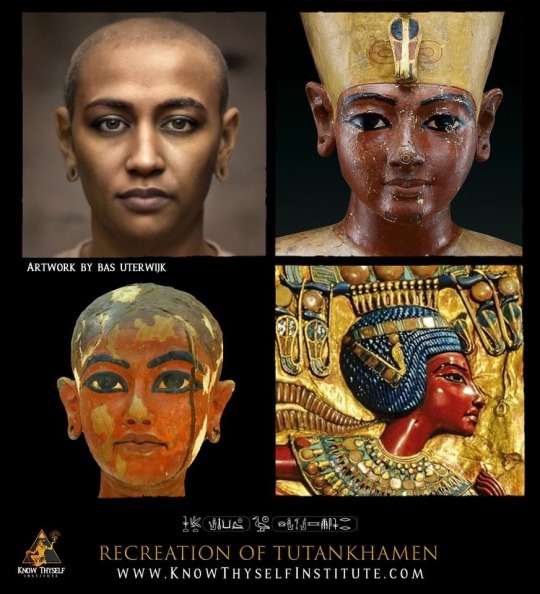
ORIGINS OF HAPI (NILE) VALLEY CIVILIZATION
The progenitors of the Nile Valley civilization were Nilo-Saharan peoples who migrated to the Hapi (Nile) Valley from the Green Sahara, Nubia and Northeast Africa. The cattle cults of Het-Heru (Hathor), spiritual beliefs, iconography and cultural motifs associated with the old Kingdom can be traced to these regions prior to the unification of the two lands. The science of mummification began in Libya with the 5600 year old Tashwinat Mummy, known as the “Black Mummy of the Green Sahara''. The Black Mummy predates the oldest Kemetic mummy by over 1000 years. Astronomy and the study of the procession of the equinox began in South Africa at the site of the Adams Calendar Stone Circle and continued at the Napta Playa Stone circle located in modern day Sudan. This 7000 year old ceremonial center dried out around 3400 BC and they transferred their knowledge into the Nile Valley. The earliest images of Pharaonic Kingship were found in Nubia at the site of Qustul were the oldest depiction of Pharaonic Kingship is shown on the Qustul incense Burner. The original populations of the Nile Valley were no different than modern Sudanese, Ethiopian, Eritrean and Somali populations of today with a mixture of western Eurasians via the Levant whom for the most part settled in the Delta region. The cultural overlap of Kush and Kemet existed from the very dawn of Hapi Valley civilization and the cultural fusion was expressed in the customs and spiritual beliefs of its early inhabitants. These ancient traditions are continually practiced in Africa to this day.
Below are the results from a genome project conducted by Dr. Shomarka Keita, a Research Affiliate and Biological Anthropologist in the Department of Anthropology at the Smithsonian Institution and Dr. A. J. Boyce, who works at the Institute of Biological Anthropology and St. John's College
Oxford University.
PROJECT MUSE
Genetics, Egypt, and History: Interpreting Geographical Patterns of Y Chromosome Variation
IV, XI, V=Nilotic African
VII, VIII=Near Eastern
235 S.O.Y. Keita and A. J. Boyce
Early speakers of Nilosaharan and Afroasiatic apparently interacted based on the evidence of loan words (Ehret, personal communication). Nilosaharan’s current range is roughly congruent with the so-called Saharo-Sudanese or Aqualithic culture associated with the less arid period (Wendorf and Schild 1980), and therefore cannot be seen as intrusive. Its speakers are found from the Nile to the Niger rivers in the Sahara and Sahel, and south into Kenya. The eastern Sahara was likely a micro-evolutionary processor and pump of populations, who may have developed various specific sociocultural (and linguistic) identities, but were genealogically “mixed” in terms of origins.
These identities may have further crystallized on the Nile, or fused with those of resident populations that were already differentiated. The genetic profile of the Nile Valley via the fusion of the Saharans and the indigenous peoples were likely established in the main, long before the Middle Kingdom. Post-neolithic/predynastic population growth, as based on extrapolations from settlement patterns (Butzer 1976) would have led to relative genetic stability. The population of Egypt at the end of the pre-dynastic is estimated to have been greater than 800,000, but was not evenly distributed along the valley corridor, being most concentrated in locales of important settlements (Butzer 1976). Nubia, as noted, was less densely populated.
Interactions between Nubia and Egypt (and the Sahara as well) occurred in the period between 4000 and 3000 BCE (the predynastic). There is evidence for sharing of some cultural traits between Sudan and Egypt in the neolithic (Kroeper 1996). Some items of “material” culture were also shared in the phase called Naqada I between the Nubian A-Group and upper Egypt (~3900-3650 BCE). There is good evidence for a zone of cultural overlap versus an absolute boundary (Wilkinson 1999 after Hoffman 1982, and citing evidence from Needler 1984 and Adams 1996). Hoffman (1982) noted cattle burials in Hierakonpolis, the most important of predynastic upper Egyptian cities in the later predynastic. This custom might reflect Nubian cultural impact, a common cultural background, or the presence of Nubians.
Whatever the case, there was some cultural and economic bases for all levels of social intercourse, as well as geographical proximity. There was some shared iconography in the kingdoms that emerged in Nubia and upper Egypt around 3300 BCE (Williams 1986). Although disputed, there is evidence that Nubia may have even militarily engaged upper Egypt before Dynasty I, and contributed leadership in the unification of Egypt (Williams 1986). The point of reviewing these data is to illustrate that the evidence suggests a basis for social interaction, and gene exchange.
236 S.O.Y. Keita and A. J. Boyce
There is a caveat for lower Egypt. If neolithic/predynastic northern Egyptian populations were characterized at one time by higher frequencies of VII and VIII (from Near Eastern migration), then immigration from Saharan sources could have brought more V and XI (Nilo-Saharan) in the later northern neolithic. It should further be noted that the ancient Egyptians interpreted their unifying king, Narmer (either the last of Dynasty 0, or the first of Dynasty I), as having been upper Egyptian and moving from south to north with victorious armies (Gardiner 1961, Wilkinson 1999). However, this may only be the heraldic “fixation” of an achieved politi- cal and cultural status quo (Hassan 1988), with little or no actual troup/population movements. Nevertheless, it is upper Egyptian (predy- nastic) culture that comes to dominate the country and emerges as the basis of dynastic civilization. Northern graves over the latter part of the predynastic do become like those in the south (see Bard 1994); some migration to the north may have occurred—of people as well as ideas.
238-239 S.O.Y. Keita and A. J. Boyce
After the early late pleistocene/holocene establishment of Afroasiatic-speaking populations in the Nile valley and Sahara, who can be inferred to have been predominantly, but not only V (and XI), and of Nilosaharan folk in Nubia, Sudan, and Sahara (mainly XI and IV?), mid- holocene climatic-driven migrations led to a major settlement of the valley in upper Egypt and Nubia, but less so in lower Egypt, by diverse Saharans having haplotypes IV, XI, and V in proportions that would significantly influence the Nile valley-dwelling populations.
These mid-Holocene Saharans are postulated to have been part of a process that led to a diverse but connected metapopulation. These peoples fused with the indigenous valley peoples, as did Near Easterners with VII and VIII, but perhaps also some V. With population growth the genetic profiles would become stabilized. Nubian and upper Egyptian proximity and on some level, shared culture, Nubia’s possible participation in Egyptian state-building, and later partial political absorption in Dynasty I, would have reinforced biological overlap (and been further “stabilized” by ongoing population growth).
Source:
https://muse.jhu.edu/article/187884
HEAD to HEAD: Ancient Egypt Reconstructions COMPARED (Bas Uterwijk vs TKM): https://www.youtube.com/watch?v=E8iN6EFVTbQ&t=35s
Visit A Virtual Museum:
https://www.knowthyselfinstitute.com/museum
"I have not spoken angrily or arrogantly. I have not cursed anyone in thought, word or deeds." ~35th & 36th Principals of Ma'at
143 notes
·
View notes